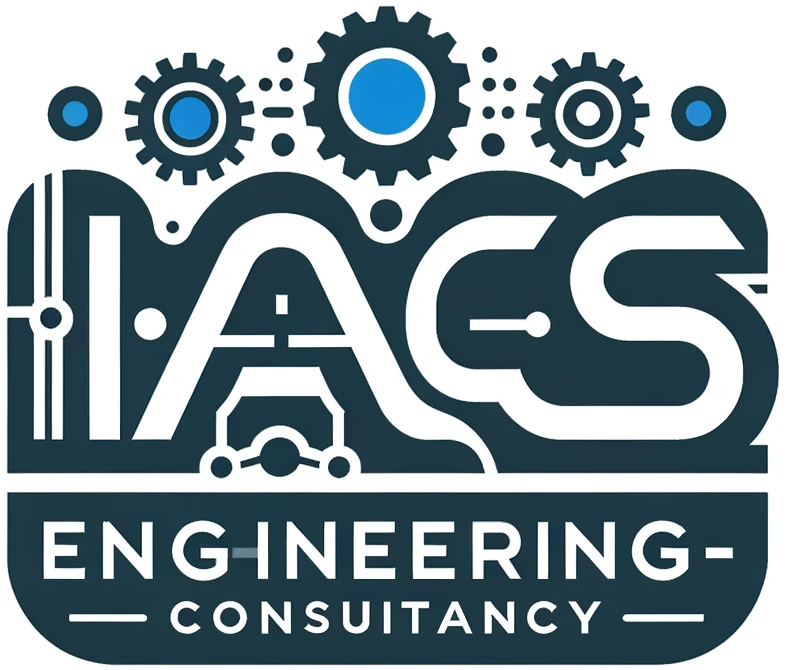A Piping and Instrumentation Diagram (P&ID), also sometimes called a Mechanical Flow Diagram (MFD), is a detailed schematic drawing used in process industries like chemical plants, refineries, and power generation facilities. It visually represents the flow of fluids, materials, or energy within a process system, focusing on the piping interconnection between equipment and the instrumentation used for control and monitoring.
Here’s a breakdown of P&IDs and their creation process:
Elements of a P&ID:
- Process Equipment: Symbols depict tanks, reactors, heat exchangers, pumps, etc., involved in the process.
- Pipelines and Flow Lines: Lines with arrows show the flow direction of materials or energy.
- Valves and Instruments: Symbols represent control valves, pressure relief valves, pressure gauges, temperature sensors, etc.
- Material Streams: Labels or notations indicate the type of material flowing through each line (e.g., water, oil, steam).
- Process Conditions: Key parameters like pressure, temperature, or flow rate might be included for specific points.
Creating P&ID to Standard:
- ISA-S5.1-18: This International Society of Automation (ISA) standard dictates the symbols used for various equipment, valves, and control elements. Consistent symbols ensure everyone understands the P&ID easily.
- Additional Standards: Depending on the industry or company, other standards like IEC 61355 (maintenance) or NFPA 704 (hazard identification) might be incorporated.
P&ID Creating with Software:
While P&ID symbols can be hand-drawn, most engineers leverage specialized software for improved efficiency, accuracy, and collaboration. Here’s how software aids P&ID creation:
- Symbol Libraries: Software offers pre-built symbol libraries adhering to ISA standards, ensuring consistent representation of equipment and instruments.
- Drag-and-Drop Functionality: Drag-and-drop features allow for quick placement and connection of symbols, streamlining the P&ID creation process.
- Automatic Line Routing: Software can automatically generate pipe connections based on defined flow paths, saving time and reducing errors.
- Automatic Tag Generation: Software can assign unique tag numbers to equipment and instruments, simplifying referencing and data management.
- Integration with Other Tools: Some software integrates with other engineering design tools, facilitating data exchange and reducing redundancy.
- Collaboration Features: Features like cloud-based storage and version control enable collaboration among multiple engineers on the same P&ID.
Best P&ID Software Tools:
Several software options cater to P&ID creation, each with its strengths and target audience. Here are some popular choices:
- Autodesk AutoCAD P&ID: Part of the AutoCAD suite, this offers robust features for complex P&IDs and integration with other AutoCAD products.
- Honeywell Universe Suite (UniSim DesignSuite): A comprehensive suite with P&ID creation tools alongside process simulation capabilities.
- AVEVA Everything3D: Offers P&ID creation within a broader 3D plant design environment for a more holistic view of the process.
- SmartPlant Instrumentation (SPI): Primarily for larger facilities, SPI offers powerful features for managing complex P&IDs and integrating with enterprise systems.
- Bentley OpenPlant (formerly Intergraph CADWorx P&ID): A mature platform known for its ease of use and extensive symbol libraries.
When choosing P&ID software, consider factors like project complexity, budget, desired features, and integration needs with existing design tools.
By following these guidelines and leveraging P&ID creation software, you can develop clear, accurate, and efficient P&IDs that meet or exceed industrial standards, improving communication, collaboration, and overall project success.
